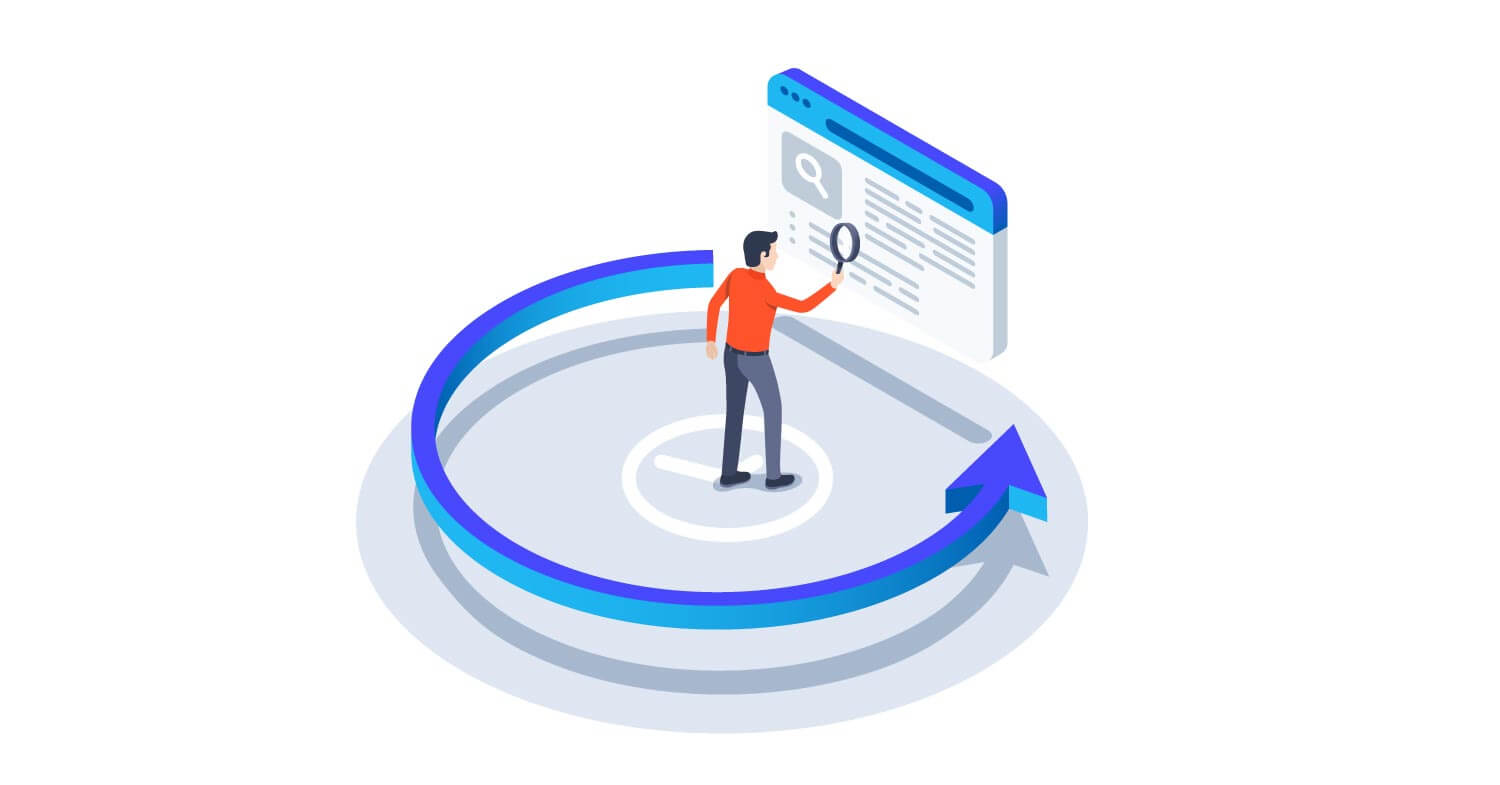Estimated reading time: 4 minutes
A key part of reducing risk and maintaining strong business relationships is being able to access information to know your customers (KYC), vendors, and third-parties. Not only is gathering information about these people important for customer due diligence and customer and vendor risk assessment, but it helps you implement better procedures in your business for compliance. But what happens when situations change? Although you may have performed due diligence on your customers, vendors, and third-parties at the beginning, that doesn’t mean that the information you collected at the beginning is always going to be accurate. People may have changes in their finances, their relationships, their locations, or something else entirely, and these changes may make a person more or less high risk. To ensure you’re maintaining a complete eye on everyone involved in your business, even as situations change, perform ongoing monitoring.
What is ongoing monitoring?
Ongoing monitoring and evaluation is when you continuously monitor the situations of your customers, vendors, and third-parties for any changes. When you perform ongoing monitoring with a public and private records database, you can monitor the profiles of all the people who interact with your business and automate notifications for when something changes. For example, if you work in collections or financial services and someone files for bankruptcy or has another change in their financial situation, you can receive a notification of that change when you use ongoing credit monitoring. Ongoing monitoring and evaluation involves accessing comprehensive and up-to-date data about all the people who interact with your organization so you can update profiles and tailor your services accordingly.
Who can benefit from ongoing monitoring?
Many different industries can benefit from ongoing monitoring because it helps you reduce risk and make more informed decisions regarding how you interact with your clients, vendors, and third-parties. Some of these industries can include healthcare law enforcement, government, and insurance agencies. However, ongoing monitoring is particularly important for businesses who need to maintain regulatory compliance, particularly corporations. and businesses in the financial services industry. Because compliance is so important to businesses that are providing financial services or other high-risk services, continuous monitoring is particularly beneficial to these businesses because it helps ensure they’re maintaining compliance across the entire customer lifecycle.
What does ongoing monitoring solve?
Ongoing monitoring is beneficial in a variety of different ways. Third party risk management ongoing monitoring helps you protect your business’s reputation because it helps you identify potential risks as they arise so you can handle those risks accordingly and ensure you maintain a good reputation. Continuous data monitoring also helps you prevent risks from escalating in order to reduce negative impacts to your business, such as financial loss if someone commits a financial crime.
Ongoing monitoring helps businesses, particularly financial services businesses, maintain compliance with regulations. Businesses in the financial services industry may not be able to provide financial services to people who fall into kinds of criteria, and although a customer may not have fallen into that criteria at the beginning, that situation could change. Ongoing monitoring and evaluation makes you aware of new changes so you can handle the situation accordingly. For example, if a customer wasn’t initially on a watchlist but is later added to a watchlist, ongoing monitoring will automate a notification for that change so you can then take the necessary actions, like suspending their account. Ongoing credit monitoring also helps you maintain a view of your customers financial situation so you can provide the right financial services to the right individuals.
When you use continuous monitoring solutions to perform customer ongoing monitoring, vendor ongoing monitoring, and third party risk management ongoing monitoring, you’ll also be able to make more informed decisions about how you interact with everyone involved in your business and pay better attention to relationships that are high-risk, helping you maintain an overall safer and healthier business.
What do I need to get started with ongoing monitoring?
To get started performing ongoing monitoring and evaluation for reduced risk and better business health, use the continuous monitoring solutions available in a public and private records database like Tracers. Tracers pulls over 42 billion records from thousands of different sources to continuously provide you with the most up-to-date data available.
You can use Tracers cloud-based software to perform watchlist screening, as well as other risk mitigation procedures like identity verification and identity management systems. Tracers continuous monitoring solutions provide you with quick access to the most current data available and allow you to automate notifications for when situations change so you can perform easier continuous data monitoring, make more informed decisions, and have peace of mind knowing that you’re aware of the current risk level of all your business relationships. And with options like API and batch processing, you can customize your ongoing monitoring search requirements to fit the unique needs of your business.
Ready to see how Tracers can help you with ongoing monitoring? Get started with Tracers today.

